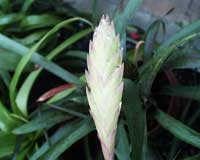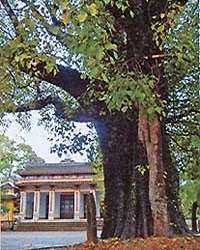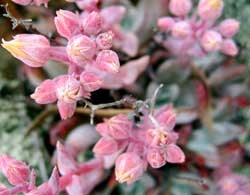Plant-based leathers made from materials like cactus and apple peels are highly regarded for their environmentally friendly and animal-friendly concepts. But are they the perfect choice?
Through the film “Slay” by Rebecca Cappelli, an award-winning French filmmaker and animal rights activist, we can see how animals become fashion accessories. Perhaps the most fitting term to describe this reality is “cruelty.” It is time for the fashion industry to answer an important question: “Can we accept harming animals for fashion?”
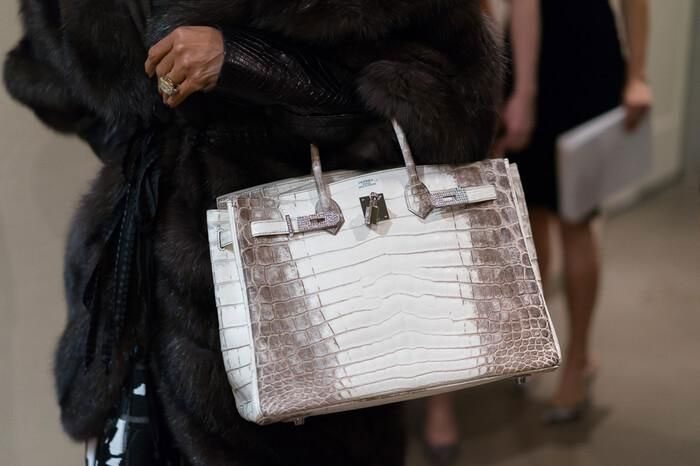
Currently, there are many materials that substitute real leather.
There are many alternatives to real leather available on the market today. Fashion brands are also continuously making green claims. But the question arises: how much of these promises are true? They will never disclose what their faux leather products are actually made from.
The only way to learn about the “greening” process of alternative leather suppliers is to examine their materials. The Institute for Leather and Synthetic Materials Research (FILK) in Freiberg has done this by placing vegan leather samples under a microscope. The FILK investigated the most popular leather alternatives and compared them to animal leather. In their summary report, the researchers stated that the motivation behind their project is: “Consumers need to be able to decide for themselves what they want. They need to know what they are buying. Vague and misleading claims [about faux leather products] do not help buyers at all. This research helps people understand that tanned leather is a natural material. Although humans have many new technologies today, we still cannot replicate 100% of the properties of real leather.”
The FILK article not only examines the differences in composition of alternative materials compared to leather, but also assesses the performance quality required for producing shoes, clothing, and gloves. Desserto, Piñatex, Appleskin, and Vegea are four well-known examples of current leather alternatives. These materials are made from plants with an environmentally friendly vision, but they all have limitations. Below are the results we obtained after examining them under a microscope.
1. Cactus Leather
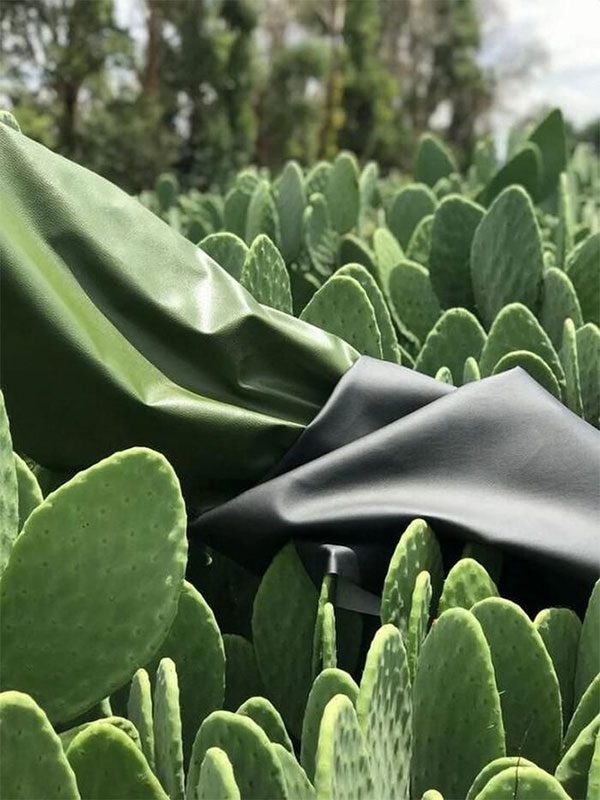
Desserto is a supplier of leather alternatives made from cactus waste in Mexico. This invention has been welcomed by the fashion industry and has won several awards, including the LVMH Prize. However, FILK found that this product is a woven fabric coated with PUR and supported by polyester. The hardware and foam beneath the top layer are filled with plastic. The mixed form of vegan leather combined with natural fibers containing oil is an environmental disaster because disassembling the materials is impossible. The study also found that Desserto contains five restricted substances: butanone oxime, toluene, free isocyanate, folpet (an organic pesticide), and traces of the plasticizer Diisobutyl phthalate (DIBP).
2. Pineapple Leather
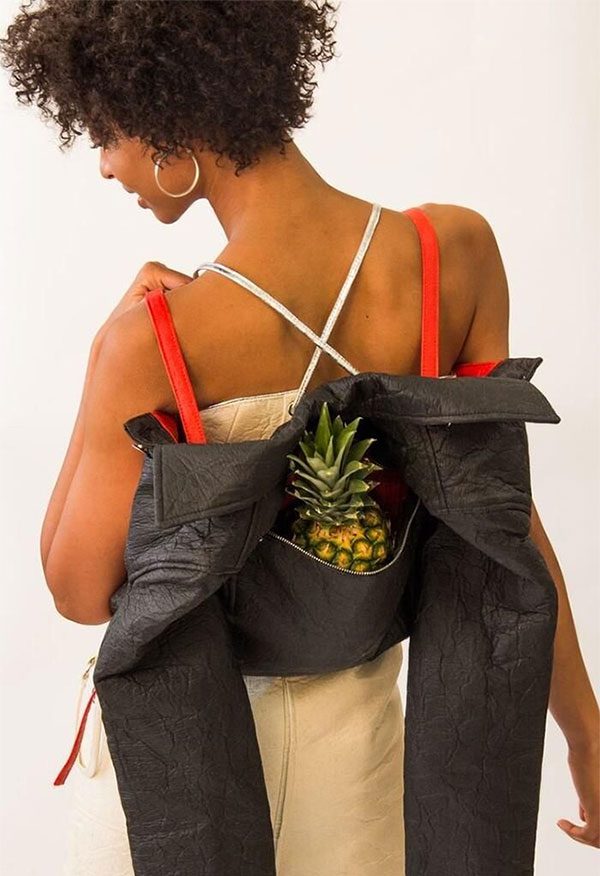
Piñatex is another famous product from the Spanish company Ananas Anam. Their textile material is a non-woven fabric made from pineapple leaf fibers and PLA (polylactic acid), coated with pigment plastic or molded with high-durability PUR film. FILK notes that this is a non-woven fabric made from natural fibers, coated with a thin polymer layer similar to polyacrylate. There is a difference in raw materials between polylactic acid (PLA) and polyacrylate. The study found the following harmful substances in the product: the plasticizer Diisobutyl phthalate (DIBP).
3. Apple Leather
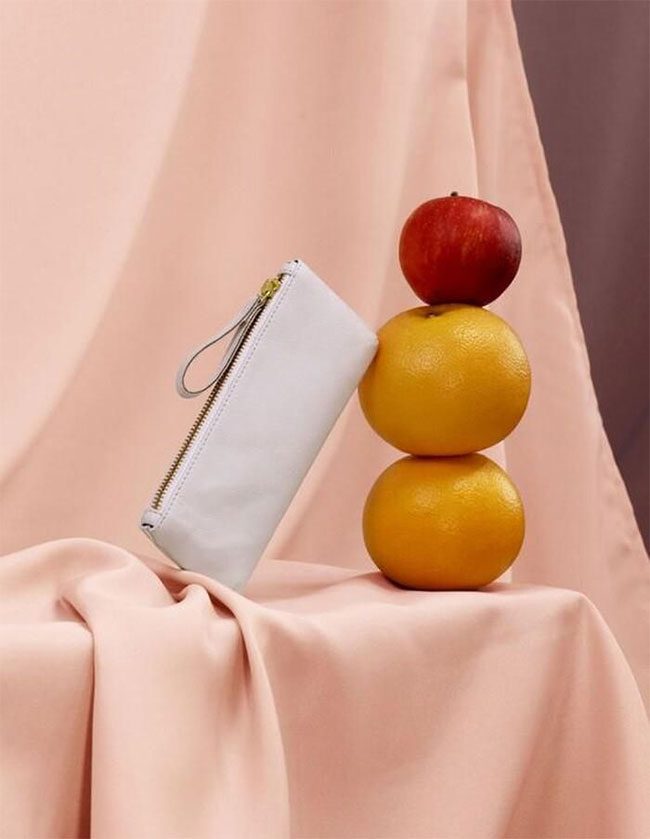
Appleskin is an Italian product developed with the help of the textile company Frumat. Apple leather is made from byproducts of the apple juice industry. The cores and peels of apples, once discarded, are processed into pulp mixed with polyurethane to create a leather alternative. The following harmful substances have been found in Appleskin: butanone oxime and traces of dimethylformamide (DMFa).
4. Grape Leather
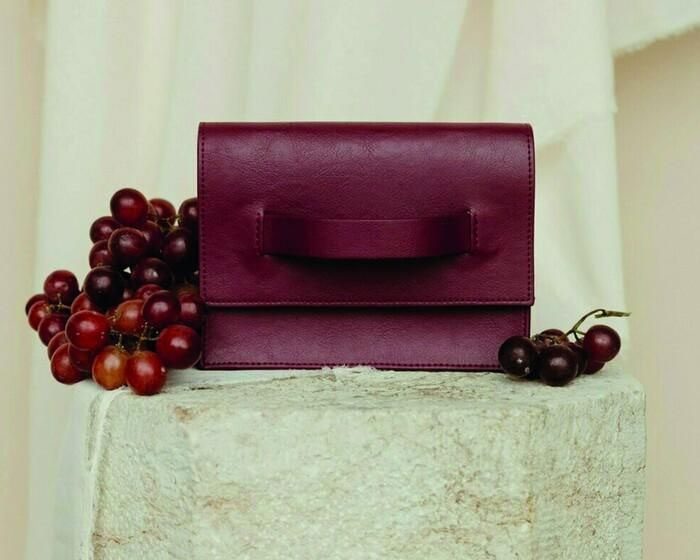
Vegea is a product from Northern Italy. A few years ago, at the Copenhagen Fashion Summit, a team member stated that Vegea wanted to develop a product that was 100% plastic-free. However, fashion brands (Vegea’s customers) forced them to use added chemicals. FILK discovered that one of the harmful substances is toluene.
Regarding the performance of plant-based leather, the research shows that the tensile strength of these materials does not match that of real leather. In particular, Piñatex is not durable, meaning that clothing products will have a short lifespan. Continuously purchasing new clothing is not an environmentally friendly action. This raises questions about whether animal leather might be a better choice for extending the lifespan of clothing. Plant-based leathers may help recycle a massive amount of waste but still have a significant impact on the environment.








































